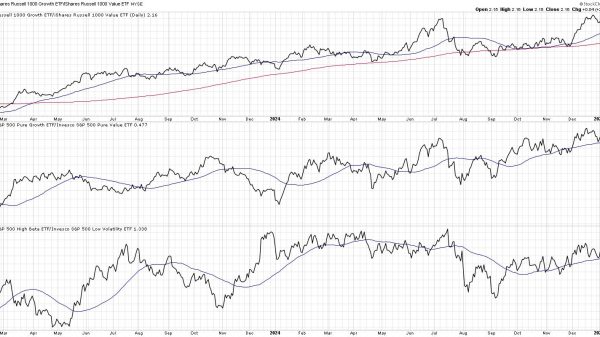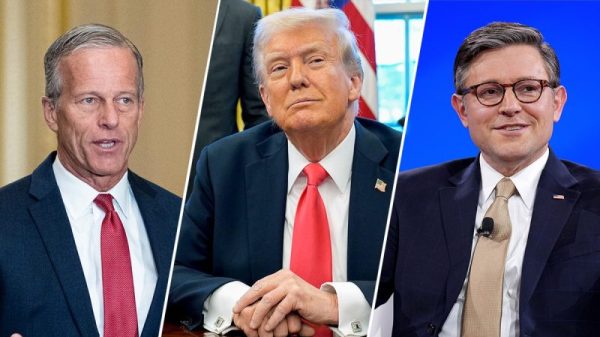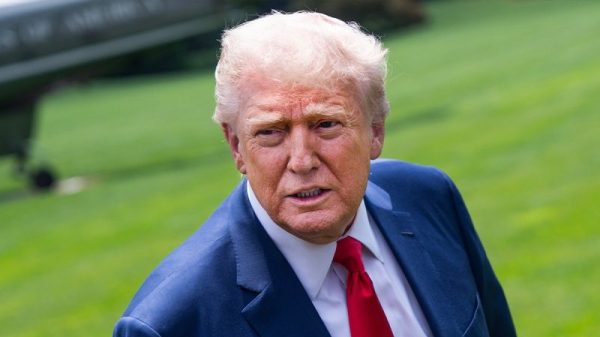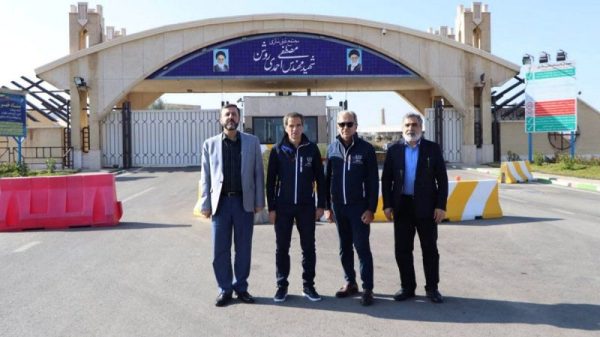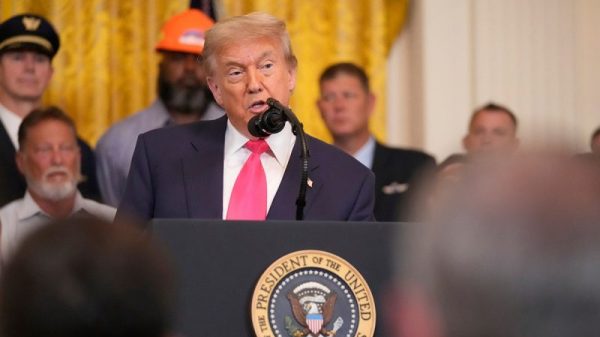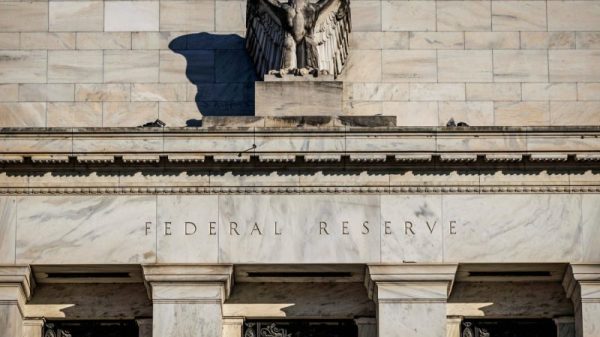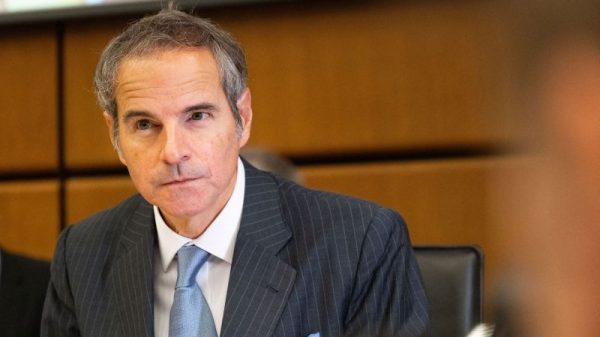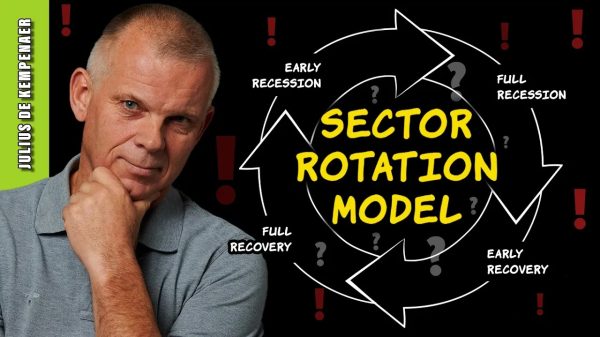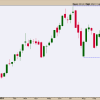In a significant legislative move, Argentine President Javier Milei has successfully passed his omnibus law, known as “Ley Bases.” This marks a crucial milestone in his administration as he transitions into the second phase of his government. Central to this phase is a new monetary regime, which was a major promise of his presidential campaign. Given that dollarization has been taken off the table, at least in the short run, what exactly does this new monetary regime entail?
The government has introduced the concept of “currency competition,” although this term might not fully capture their true intentions. In a genuine currency competition scenario, various currencies compete on equal footing. In the case of Argentina, where the US dollar and the peso would compete with each other, currency competition would necessitate granting the US dollar legal tender status alongside the national currency. This would require a law passed by Congress, ensuring that the US dollar could be used for all transactions, including tax payments and debt cancellation. However, the government’s plan deviates from this ideal. Instead, it looks more like a bi-monetary regime.
In a bi-monetary regime, it is legal to transact in multiple currencies, but only the national currency holds legal tender status. This inherently creates an uneven playing field, and makes it a stretch to label it as genuine currency competition. The recent IMF Staff Report underscores this, indicating that the US dollar will not be granted legal tender status and taxes will continue to be paid in pesos.
While bi-monetary regimes can function in countries with credible institutions like Peru, Chile, Colombia, or Uruguay, Argentina’s volatile economic and political environment poses significant challenges. A congressman who safeguards private bank deposits today might vote for their expropriation tomorrow, undermining any sense of stability and trust in the system. Argentina needs a monetary regime whose survival depends as little as possible on domestic politics.
Milei’s strategy includes freezing the base money supply and prohibiting the central bank from directly financing the Treasury. Additionally, he aims to implement a version of a 100-percent reserve requirement for the banking sector. The ultimate goal of this monetary regime is to facilitate an endogenous and spontaneous dollarization. By freezing the supply of pesos, Milei argues that any increase in the demand for money will have to be met with US dollars, gradually reducing the peso’s market share. This forced currency shift is envisioned as a way to stabilize the economy by aligning it more closely with a stable and globally recognized currency.
However, the sustainability of Milei’s version of currency competition is questionable. While it may hold during his presidential tenure, Argentina’s economic history suggests it is unlikely to be a lasting solution. Arguably, Argentina’s current economic troubles can be traced back to its experience with a non-robust bi-monetary regime in the 1990s, highlighting the need for a more durable and credible monetary framework.
A truly lasting solution requires a regime that can withstand the political changes and economic shocks in the years following Milei’s presidency. Despite its controversial nature, full dollarization remains the monetary regime with the most potential for long-term stability in Argentina. It offers a credible pathway to restore confidence and put the country back on a sustainable economic trajectory. By fully adopting the US dollar, Argentina could anchor its monetary policy to a stable currency, reducing the risks of inflation and currency devaluation that have plagued its economy for decades.
The bi-monetary approach, with its inherent weaknesses, may not provide the stability needed to ensure lasting economic health in Argentina. Despite its challenges, full-scale dollarization offers a more robust solution that could help Argentina achieve the economic stability it desperately needs.








